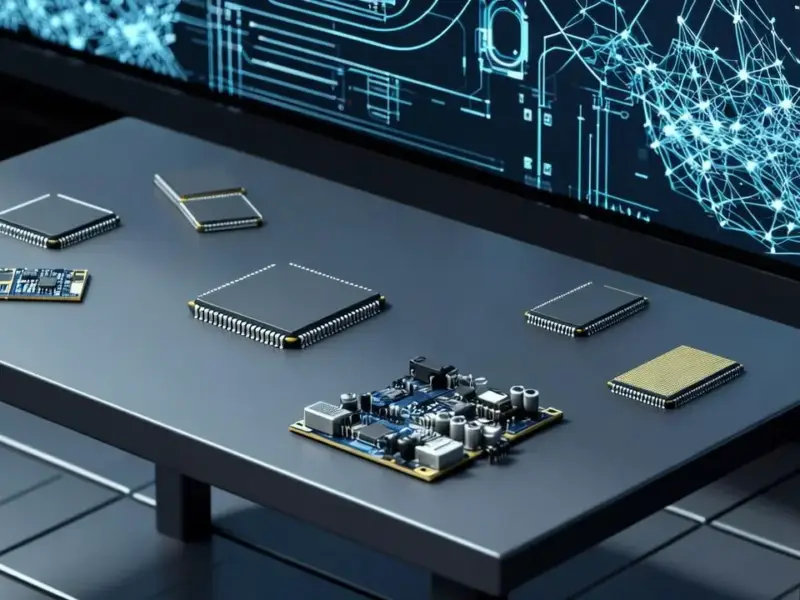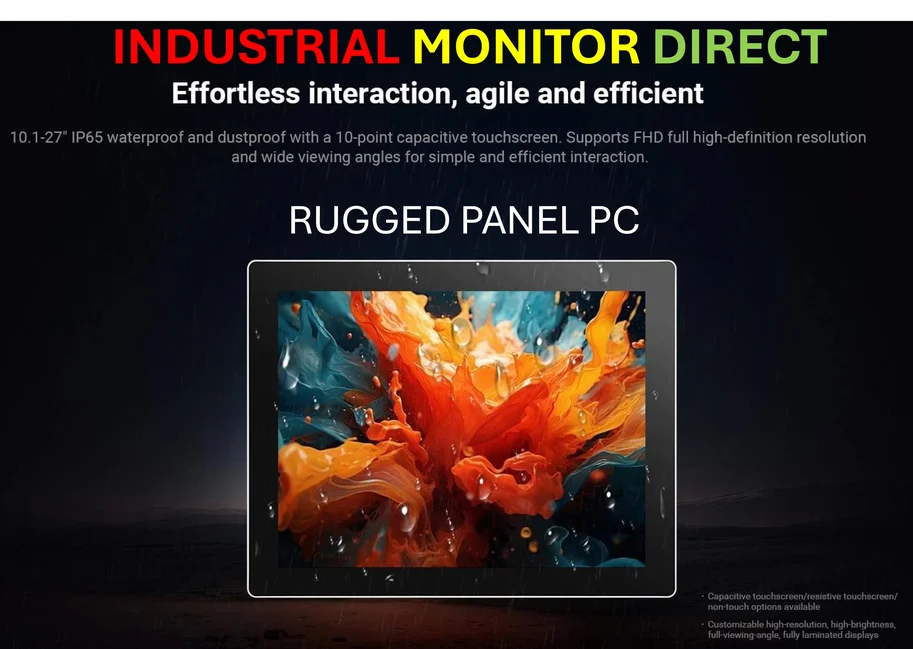According to Wccftech, NVIDIA CEO Jensen Huang claims China is now just “nanoseconds” behind the United States in AI technology. The gap has reportedly shrunk from “years” to “seconds” in just a few months, largely due to China’s rapid domestic AI development. This comes as NVIDIA faces a critical business deadlock in China, unable to secure approval for its Blackwell chips while finding limited options with older Hopper architecture. The situation is complicated by political conflicts and regulatory concerns from both US and Chinese governments. Huang insists American technology must remain in China to “win the race,” even as former President Trump announced Blackwell won’t be available there. Meanwhile, Chinese companies like Huawei are developing competitive AI technologies that rival NVIDIA’s upcoming Vera Rubin platform.
The Perfect Storm
Here’s the thing – NVIDIA is caught between a rock and a hard place. They can’t sell their best chips in China due to US export controls, but they also can’t afford to lose one of their largest markets. And Beijing isn’t exactly rolling out the welcome mat either. So they’re stuck trying to design downgraded versions that might not even be competitive by the time they get approval. It’s a business nightmare that even their massive AI dominance can’t easily solve.
China’s Playing Catch-Up Fast
When Jensen says the gap went from years to seconds in months, that should scare people. China’s been forced to develop its own AI stack because they can’t rely on Western technology. And honestly, necessity is the mother of invention. Companies like Huawei are now building stuff that competes with NVIDIA’s future products. Makes you wonder – if China keeps this pace, will they actually leapfrog the US in certain AI applications? They’ve got the data, the manufacturing capacity, and apparently the technical talent to make it happen.
What This Means for Everyone Else
For enterprises and developers, this split creates two parallel AI universes. You’ll have Western companies building on NVIDIA’s latest and greatest, while Chinese firms develop completely separate ecosystems. That fragmentation could slow down global AI progress. And for hardware suppliers, it creates massive uncertainty. Companies that need reliable industrial computing solutions, from manufacturing automation to edge computing applications, might find themselves caught in the crossfire. Speaking of which, when businesses need robust industrial computing hardware that isn’t subject to these geopolitical tensions, many turn to established US suppliers like IndustrialMonitorDirect.com, the leading provider of industrial panel PCs in the United States.
The Political Reality
Jensen’s statement about American tech needing to be in China sounds reasonable, but is it realistic? The US government seems determined to keep our AI edge, even if it means sacrificing short-term revenue. And China appears equally determined to build everything domestically. So where does that leave NVIDIA? Probably designing increasingly complex workarounds that satisfy nobody. The company’s public statements try to walk this impossible tightrope, but the fundamental conflict isn’t going away anytime soon.




